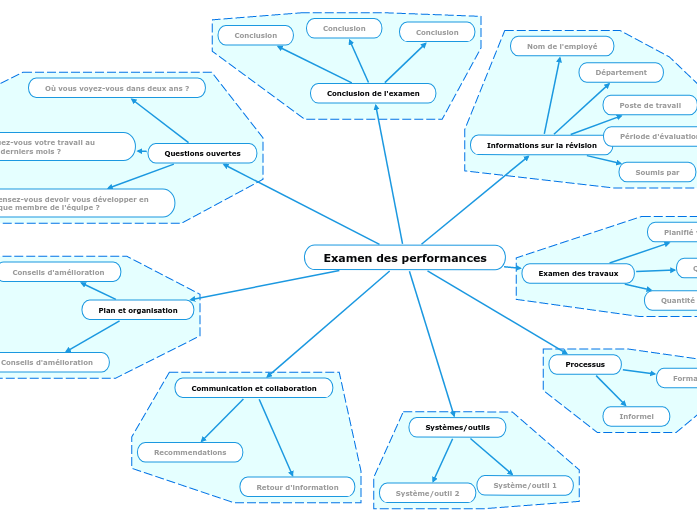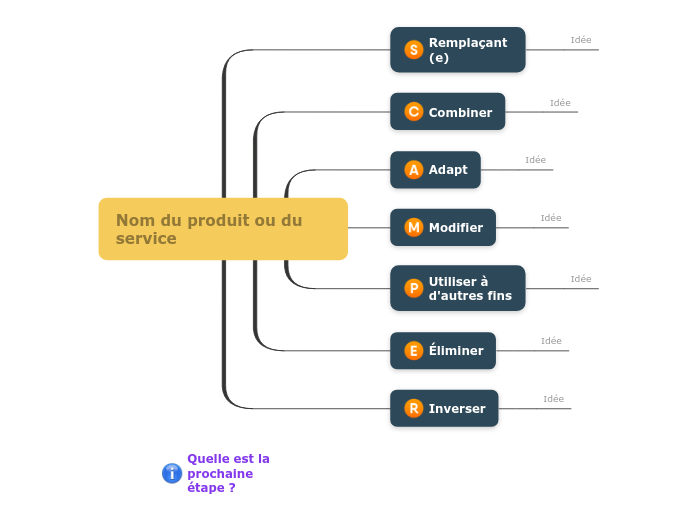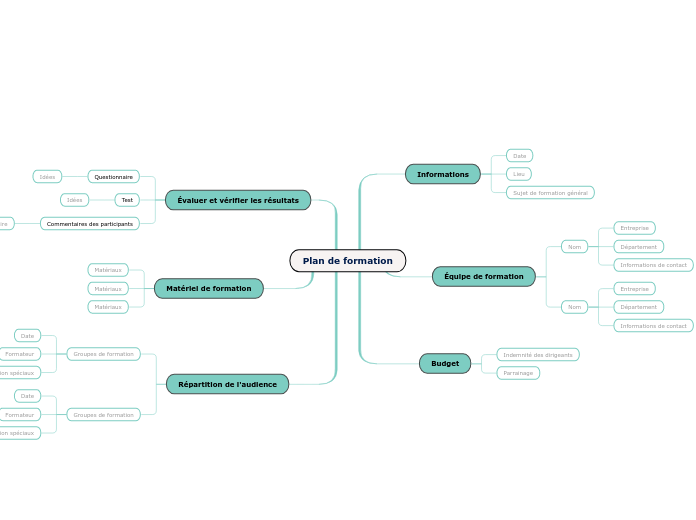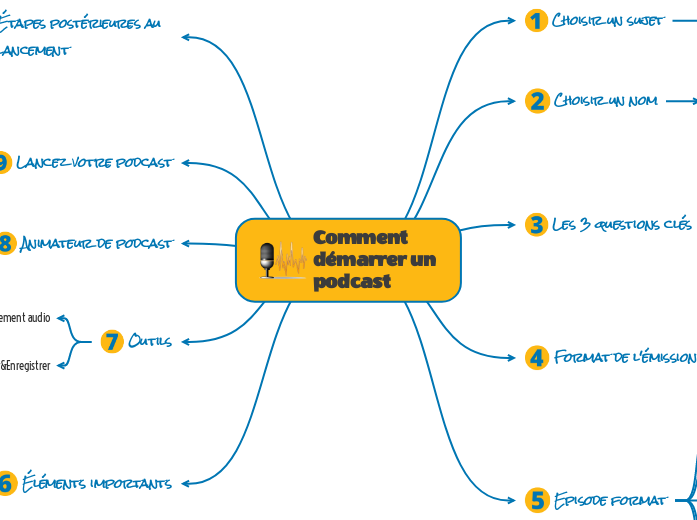Where to next?
Where to next?
Since you have completed the outline of your business case, you can now Print or Download it or Share it with a colleague.
Project or Action
Enter the business case title
Type in the project or proposed action.
Expected advantages
Add an advantage of taking the recommended action.
For example:
- Better strategic support
- Better positioning for future opportunities
- Better long term payback
Add an advantage of taking minimum action.
For example:
- Least change or disruption
- Least additional expense
- Better short-term payback
Advantage
Add the advantage of taking no action.
For example:
- No changes or disruption
- No additional expense
How will the benefits of 'Advantage' be measured?
Is this a tangible or intangible effect?
What KPI will be used?
Expected disadvantages
Taking recommended action
Add a disadvantage of taking the recommended action.
For example:
- Negative impact on some stakeholders
- Resource demand may impact other initiatives
Taking minimum action
Add a disadvantage of taking the minimum action.
For example:
- Weaker position to take advantage of opportunities
- Problems are only delayed, not solved and will resurface again later
Taking no action
Disadvantage
Add a disadvantage of taking no action.
For example:
- No reduction in losses
- Weaker long term positioning
- Increased risk of disruption
KPI
How will the disadvantages of 'Disadvantage' be measured?
Is this a tangible or intangible effect? What KPI will be used?
Costs
Operating costs
Add a operating cost needed to sustain the effectiveness of the proposed project or change.
Include:
- New staff
- Materials
- Purchased services
- Administrative costs
- Sales and marketing costs
Capital costs
Cost
Capital costs
Add a one-time capital expenditure needed for this project.
Include:
- Capital items
- Project staff
- Contracted services
- Training
Risks
Risk
Type in a risk of Project or Action
Impact
- What would be the effects of Risk?
- Would it change the course of the project?
- Would it change the benefits, timescales or costs?
Controls
What steps are you taking to control 'Risk'?
How can you reduce the chances of it occurring? How can you reduce its impact if it does occur?
Options
Recommended action
Add an action to be taken in order to follow the recommended route.
Identify which actions are essential and which are optional.
Minimum action
Add an action to take or an item that will not change.
Include:
- The minimum actions to take (things that must be done)
- What will be left unchanged (things that could be done but will not be done)
No action
Item
Add an unchanged item
Identify something that will not change if no action is taken.
For example, 'Continue to use manual process' or 'Continue to tolerate losses in this segment'
Objectives
Assumptions
Assumption
What assumptions is the recommended action based upon?
What do you expect to change or continue to change? What do you expect to stay the same?
Alignment
Strategy
Add an organizational strategy to which this decision relates, either positively or negatively.
Strategic alignment
How does 'Project or Action' align with 'Strategy'?
Add notes about whether the proposed action supports this strategy or diverges from it.
Method
What methods were used?
Add some information about the methods used to determine the proposed action.
Include:
- Who did the research
- What input was gathered from stakeholders
- How the recommended action was identified
Stakeholders
Stakeholder
Add a stakeholder
Stakeholders are people who are involved in or affected by the decision to be made here.
Include:
- People who will see a change
- People who will benefit
- People who will be negatively affected
The need
Need
What was the need behind this project or proposal?
What problem does it solve, or what opportunity does it address?
Executive summary
Next steps:
Next step
What are the next steps you need to take, if approval is given?
Return on investment:
ROI
Return on investment
Summarise how the investment will be repaid.
Key benefits:
Benefit
Summarise the key benefits that will be obtained.
Proposed action:
Action
Type in the proposed action in a few words
Summarise the main points of the proposed action plan.
Mention:
- What problem or opportunity is addressed
- What action will be taken
- How risk will be controlled
Recommendation:
Recommendation
Type in a summary of your recommendations:
- Why is your recommendation strategic?
- Why is the balance of costs, advantages, disadvantages, and risks in favor of going ahead?
Decision required:
Decision
Decisions required
What decision needs to be taken? Do you need the approval to proceed to the next stage?
Prepared for:
Reader
Audience
Add a reader by role or name for this business case. This should be someone who can directly authorize the project or proposed action.








